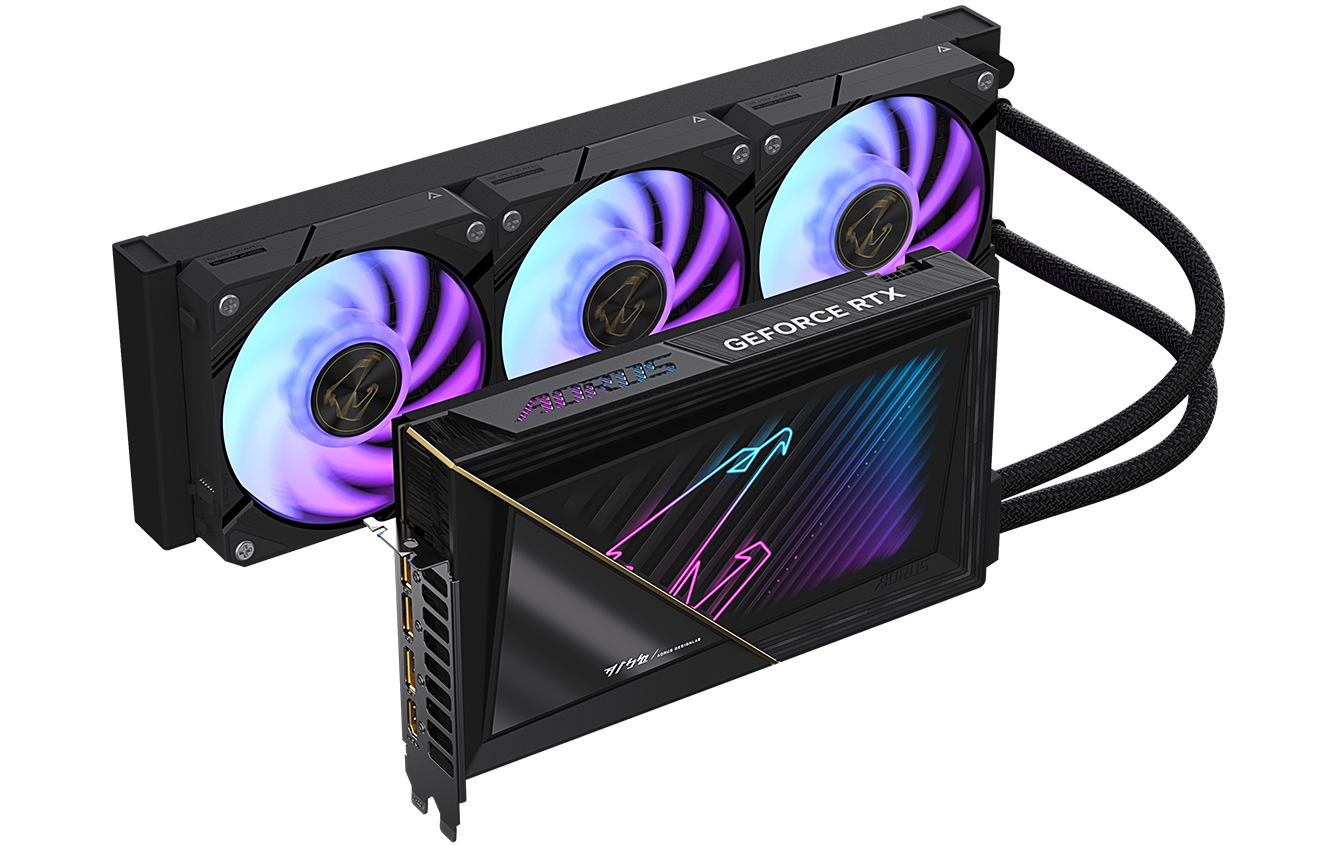NVIDIA’s latest flagship graphics card, the GeForce RTX 5090, has demonstrated both the tremendous potential and current limitations of advanced ray tracing technology in modern gaming. Recent performance tests with the highly anticipated Black Myth: Wukong reveal a stark contrast between native rendering and AI-enhanced gameplay, highlighting the growing interdependence of hardware and artificial intelligence in gaming.
Set to launch on January 30 with a premium price tag of $1,999, the RTX 5090 achieves an impressive 240 frames per second in Black Myth: Wukong at 4K resolution when utilizing NVIDIA’s new DLSS 4 technology. However, the same card struggles to maintain 30 FPS when running the game natively with full ray tracing enabled, sparking discussions about the evolution of gaming graphics technology.
The dramatic performance disparity underscores a significant shift in game development philosophy, where path tracing and full ray tracing implementations are increasingly designed with AI upscaling technologies in mind. NVIDIA’s latest DLSS 4 suite, featuring Multi Frame Generation, represents a substantial leap forward, capable of generating three frames simultaneously instead of one, resulting in an extraordinary eightfold performance increase compared to native 4K rendering.
This new iteration of DLSS introduces several groundbreaking features, including Ray Reconstruction and Neural Rendering, which not only boost performance but also enhance image quality beyond what was previously possible. The technology’s effectiveness extends beyond Black Myth: Wukong, with other demanding titles like Cyberpunk 2077’s RT Overdrive mode and the upcoming Black State also achieving the 240 FPS milestone at 4K resolution.
While some might view the RTX 5090’s native performance as disappointing, industry experts suggest this perspective misses the broader technological shift occurring in game development. The integration of DLSS Performance mode delivers superior visual quality compared to native rendering, maintaining around 60 FPS with improved latency, thanks to the enhanced DLSS Super Resolution transformer model.
NVIDIA’s strategy becomes clearer when examining the complete RTX 50 Series launch lineup, which includes the RTX 5080 at a more accessible $999 price point. Both cards leverage advanced AI hardware to address the computational demands of modern gaming graphics, suggesting that future games will increasingly rely on AI acceleration for optimal performance.

The implementation of NVIDIA Reflex technology further enhances the gaming experience by reducing input latency, creating a more responsive feel despite the complex AI processing occurring behind the scenes. This holistic approach to performance optimization represents a significant evolution in how graphics processing units handle demanding workloads.
The technological showcase demonstrated through Black Myth: Wukong’s performance metrics suggests that the gaming industry is entering a new era where traditional performance metrics may become less relevant. Instead, the ability to effectively utilize AI acceleration technologies could become the primary benchmark for graphics card capability.
As game developers continue to push the boundaries of visual fidelity through path tracing and advanced lighting techniques, the symbiotic relationship between hardware capabilities and AI enhancement technologies appears to be the key to delivering both impressive visuals and smooth performance. The RTX 5090’s launch marks a pivotal moment in this transition, setting new expectations for how future games will be developed and optimized.
















Add Comment